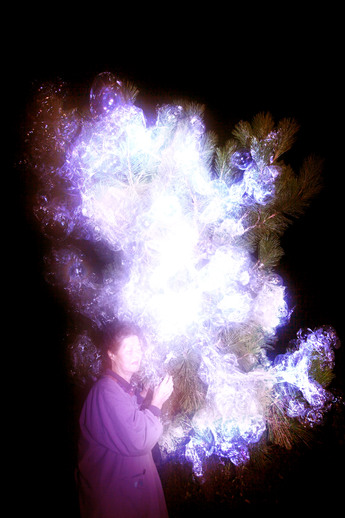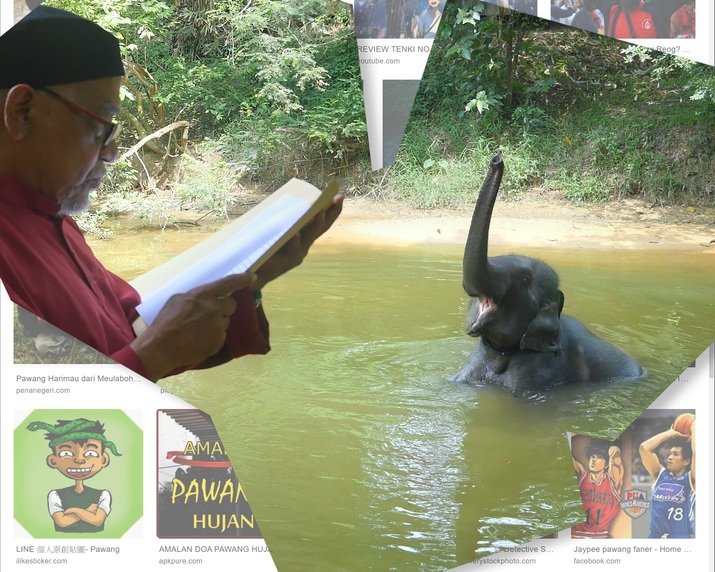
R
E
V N
E
X
T
*This is a sponsored post.
Installation view of HO TZU NYEN’s Hotel Aporia, 2019, site-specific installation with six-channel video projection, 24-channel sound, automated fans, lights, transducers and show control system, at the Kiraku-Tei, Toyota City. Courtesy the artist and Edouard Malingue Gallery, Hong Kong / Shanghai.
FREQUENCIES OF TRADITION
December 12, 2020 – February 7, 2021
THE GUANGDONG TIMES MUSEUM
Curated by Hyunjin Kim
Yoeri GUÉPIN, HO Tzu Nyen, Chia Wei HSU, siren eun young jung, Jane Jin KAISEN, Alexander KEEFE in collaboration with Ashoke CHATTERJEE and Liz PHILLIPS, Tomoko KIKUCHI, Ayoung KIM, Hwayeon NAM, Ko SAKAI and Ryusuke HAMAGUCHI, Lieko SHIGA, Simon SOON in collaboration with Stella and Roger NELSON, Stephanie SPRAY and Pacho VELEZ, Erika TAN, Fiona TAN, Evelyn Taocheng WANG, Ming WONG, YO Daham, ZHENG Guogu.
Co-organized by Guangdong Times Museum & KADIST
“Frequencies of Tradition” departs from an understanding of tradition as a space of contestation, where one can critically reflect on Asian modernization and pluralize our comprehension of the regional modern. Tradition is still a part of people’s daily lives in Asia, connecting generations and serving as a living archive of the future emergence of cultures. On the other hand, tradition is also estranged by perceptions as a source of patriarchy, authoritarianism, and outdated customs. It has also been further refracted and complicated through other prisms of pan-Asianism, Orientalism, the Cold War ideology, and nationalism.
The works in the exhibition unravel this comprehensive notion of tradition. They illuminate the art of narrating and reenacting the old; old and ancestral symbols that bring a sense of belonging and spirituality; cultural things that sustain and stimulate the community’s belief system; all relating to ongoing cultural reproductions, and the substantive nature of tradition in vulnerability and transformation. They bring attention to historical narratives where tradition collides with 20th Century modernization in Asia while presenting the practice of ideas, beliefs and methods as an intriguing medium today, one far from authentic traditionalist approaches or a museological taxidermy of the past. Old traditional techniques such as crafts are invoked, like weaving and traditional ink paintings. Ancient animism reveals the speculative memory potential of the Earth. Ruins summon an emotionally and psychologically complex reality that sways between the modern and the non-modern. Lastly, the portraits of unruly women who go beyond colonial borders, the oral transmissions of the elderly that empower a ravaged community, generations of delightful pilgrimage sustained by modern machines; and the queering traditions that entangle with the gender-other community show us how the ebb and flow of tradition is not reliant on certain official authorities.
While positioning tradition as a thought-provoking medium to understand its various nuances in each locale of Asia, the exhibition also acknowledges its perpetual precariousness and how it intersects with the status quo of regional political tensions. If some of the works are not free from the complexity of controversial historical standpoints or regional cultural representation, the particular and transgressive visual literacy found in them undoubtedly traverse all of these constraints. Through fascinating collective memories, spirituality, archival imagination, different technological engagements, and empowerment, the exhibition finally reveals a mode of the ungovernable. While asking how the development, modernization, the violence of conventions, nationalism, and the norms of such histories still manifest and continue today, the exhibition uncovers an enthralling artistic space that entangles with a new imagination of tradition, where one can encounter the vernacular, disparate, and plural state of regional modernization. The bodies, singing, chanting, and dancing with sound and rhythm, become a sphere to transmit the memories of community, stories of nature, and therefore the coming of another regional historical narrative.
“Frequencies of Tradition” is the culmination of a three-year series of programs comprising exhibitions, and seminars taking place across Asia, curated by Hyunjin Kim, Lead Regional Curator for Asia, and initiated by KADIST.











